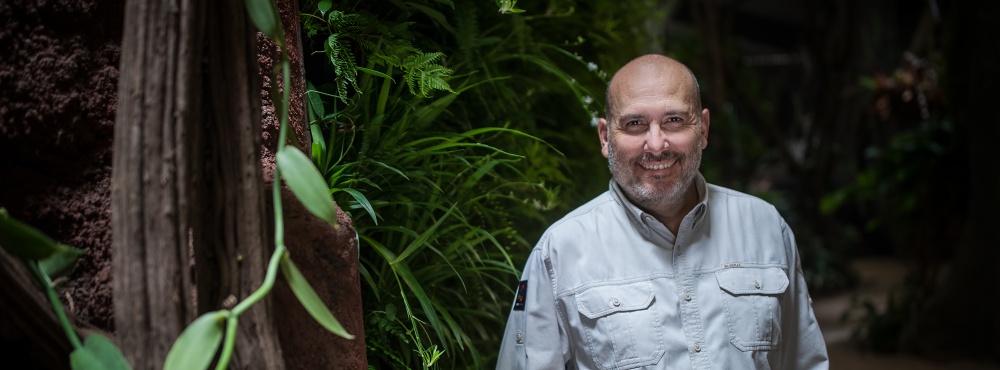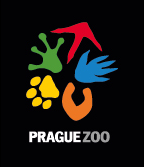Lions in the National Coat of Arms

The negotiations and preparations took three years. On Wednesday afternoon, on the Czech Statehood Day, as a matter of coincidence, I received news from Gujarat at last, finally confirming the date of departure of the three Indian lions from the Sakkarbaug Zoo to Prague. I heaved a sigh of relief – and simultaneously prayed that their transport would be free from complications. We were close to attaining our goal.
 Jamvan and Ginni. Photo: Jaroslav Šimek, Zoo Praha
Jamvan and Ginni. Photo: Jaroslav Šimek, Zoo Praha
On Friday after midday, the Emirates aircraft landed at Ruzyně and early in the evening all three lions started to settle in their new home, the Pavilion of Big Cats at Prague Zoo. All went very well, even great. The females called Suchi and Ginni and then also the male called Jamvan left the transportation boxes and, in spite of the preceding 30-hour-long journey, made an extremely big impression on all the people present. They are really entrancing creatures! Our Zoo has a new king and two queens.
The arrival of the three Indian lions (also known as Persian or Asiatic lions) is an event exceeding Prague and Czech standards. After more than twenty years, these lions are the first pure-bred lions of this sub-species to be brought from India to Europe. The arrival of Jamvan, Ginni and Suchi can start the significant recovery of the dying European breeding of Indian lions, paving the way for the import of more individuals to other zoological gardens. It is important to have a viable population of Indian lions in human care because these lions live free in the wild in one place only: in the Gir Forest and its environs in South Gujarat.

When taking a rest for a while on 28 October, I realized one more important aspect: the ancestors of Jamvan, Ginni and Suchi most probably served as models for the lion in our national coat of arms. The journey of the heraldic lion to Bohemia and of real lions to the courts of our monarchs is covered by the curtain of time; however, in spite of that, we have some information on them and – although this topic deserves its own research – the pieces of information seem to fit together quite well.
According to generally recognized opinion, the lion as a heraldic sign first appeared in our territory in the seal of the Margrave of Moravia, Vladislaus Henry, in 1213 (of course, other representations of lions are known to have existed before that). Later, in 1247, Ottokar II adopted the lion as a heraldic sign and started to use it in the coat of arms of the Czech Kings in 1253. This act begins the history of our national coat of arms with a two-tailed lion.
Real live lions were kept at Prague Castle perhaps as early as during the life of Ottokar II. It is possible that lions were kept by our previous monarchs too, but the first written document confirming their presence is dated 1280. Two years after the Iron and Golden King died, the Venetians reminded King Wenceslaus II to pay for lions ordered by Queen Kunigunda, who had failed to pay for them. This means that lions can be shown to have been present in the Czech royal court in the era of the introduction of the new coat of arms by the Přemyslids. They personified this coat of arms and perhaps served as a kind of inspiration for its later representations.
Today’s Indian lions live in Gujarat only; however, the situation has not always been like this. In ancient history they were common in Greece; in the Middle Ages and for a large part of the modern era they were common in today’s Turkey and Near East. And it was in the Eastern Mediterranean Basin that the Venetian business empire was situated. Therefore, it seems probable that they bought the lions for the Přemyslids there. Thus, the lions were most probably Indian lions. This reasoning is supported also by the fact that lions were well-known to Europeans thanks to crusades and frequent contact with the Near East, in general. After all, even the alleged model for the legend of Bruncvík, the Saxon and Bavarian Duke Henry the Lion, made a journey to the Holy Land.
However, even if the Venetians bought the lions for the Přemyslid court somewhere in North Africa, this fact would not really change the situation. According to current opinions, the Barbary lions from North Africa – eradicated in the wild in 1922 – were completely identical to the Indian lions living in Asia. Therefore, I am convinced that when we look at Jamvan, we see a male of the same sub-species of the lion which was kept at the Přemyslid court and which passed from the Czech royal coat of arms to our current national coat of arms.
When Jamvan, Ginni and Suchi came out of the transportation boxes on Friday evening, I realized that even though centuries have passed, they produce almost the same emotions in us as in our ancestors of centuries ago. We must admire their beauty, majesty and strength. In a couple of weeks, after the quarantine imposed on our new king and his two queens has finished, you will be able to experience this, too.
ZOOPRAHA.CZ
Contacts
- The Prague zoological garden
U Trojskeho zamku 120/3
171 00 Praha 7
Phone.: (+420) 296 112 230 (public relations department)
e-mail: zoopraha@zoopraha.cz
Others








